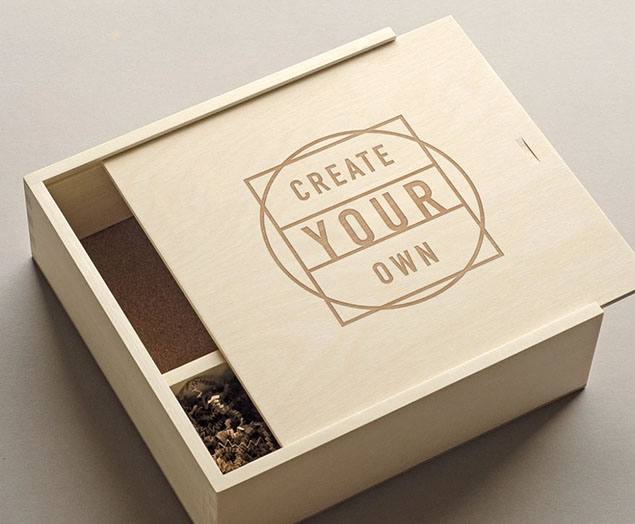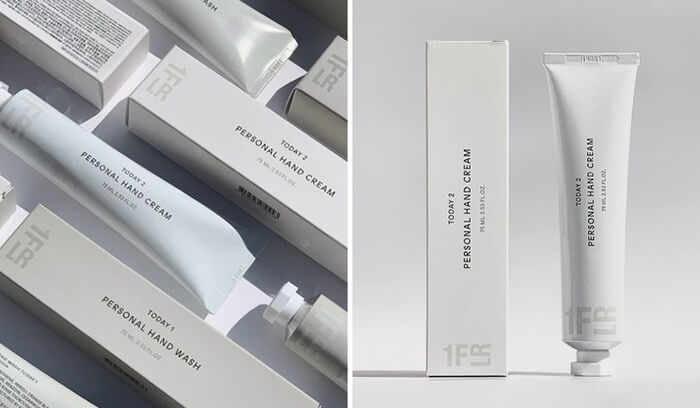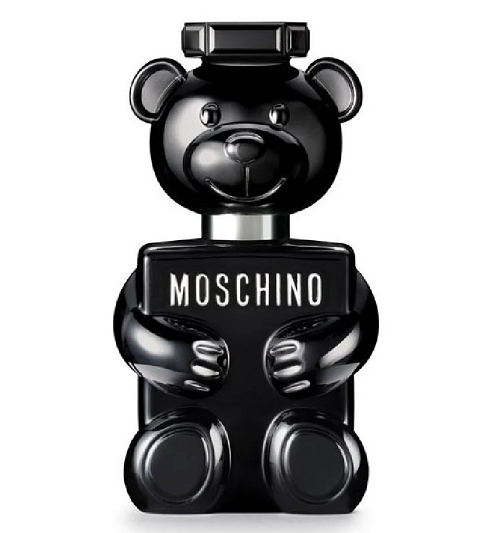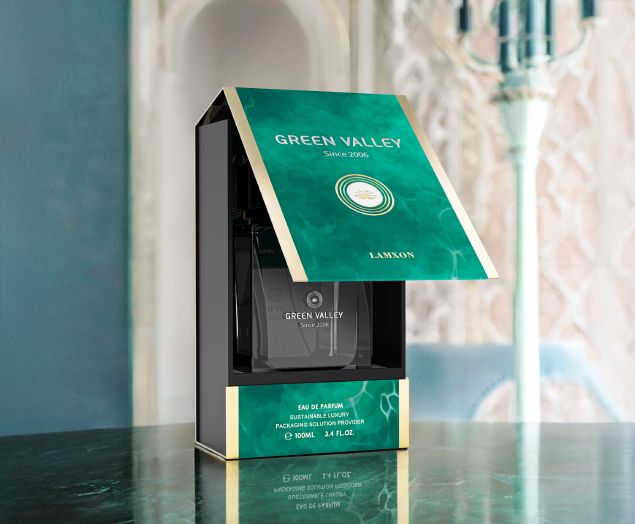Types of Paper Bags & What Is the Best Paper Material for Bags
Paper bags have become an increasingly popular packaging solution in our environmentally conscious world. From retail shopping to luxury gifting, these versatile containers offer various options to suit different needs while maintaining ecological responsibility. Let’s dive deep into the different types of paper bags and explore the various materials, for picking the best paper bags for your needs.
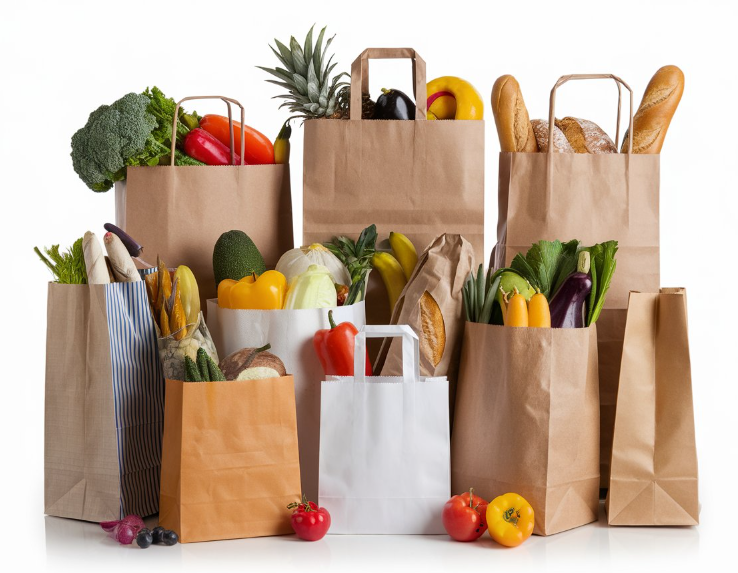
Types of Paper Bags
Paper bags can be classified into multiple categories based on different standards, such as functions, materials, and designs. First, let’s take a look at some common paper bags used in daily life.
1. SOS (Self-Opening Sack) Paper Bags: are characterized by their ability to stand independently thanks to their square bottom design. These bags are trendy in food service and takeout, as their self-standing feature makes them ideal for carrying food containers and beverages. They offer stability during transport and storage, though they may require more storage space due to their rigid structure.
2. Pinch Bottom Paper Bags: feature a distinctive V-shaped bottom created by gluing the wide top portion into a narrower base. These bags are commonly used in bakeries, groceries, and pharmacies. The design allows for easy filling and secure closure, though they don’t stand independently like SOS bags. Their construction makes them particularly suitable for dry goods and lightweight items.
3. Merchandise Paper Bags: represent a more upscale packaging solution, often incorporating sophisticated printing and design elements. These bags serve both functional and marketing purposes, commonly used by retail stores. While they offer excellent branding opportunities, they typically cost more than basic paper bags due to their enhanced aesthetic features.
4. Serrated Top Paper Bags: these come with a distinctive serrated edge at the top, making them easy to open and close. Common in retail and grocery settings, they provide a secure closure method. While practical, they may not be as visually appealing as other bag styles.
5. Turn Top Paper Bags: features a foldable top portion that can be folded over to close the bag. These bags are often used in fashion retail and boutiques, offering a clean, sophisticated look. The closure system provides security, though it may require more time to properly close compared to other bag types.
6. Euro Tote Paper Bags: are premium packaging options favored by high-end brands. They feature reinforced handles (often made of polypropylene), sturdy construction, and sophisticated design elements like embossing or special finishes. While they provide a luxurious presentation, their higher production costs make them more expensive than standard paper bags.
7. Recycled Paper Bags: are environmentally conscious alternatives made from post-consumer materials. They typically have a natural brown color and can be used for various purposes. While they contribute to sustainability efforts, they may have slight variations in color and texture due to their recycled nature.
8. Mailing Paper Bags: specifically designed for shipping purposes, featuring additional padding or cushioning for product protection. These bags often include special closure systems and are made from more durable paper stock. They’re ideal for e-commerce but may be more expensive than standard bags due to their specialized features.
9. Bakery Paper Bags: specifically designed with grease-resistant properties and often include a wax or special coating on the interior. This makes them perfect for baked goods and other food items that may contain oils or fats. While effective for their intended use, they may not be as environmentally friendly as uncoated options.
Paper Bag Material Comparison, Which One Is the Best?
Paper bags can be made from various raw materials, which is better for your application? Here is a comparison chart showing the differences between the six options.
| Material | Description | Appearance | Durability | Eco-Friendliness | Common Uses |
|---|---|---|---|---|---|
| Kraft Paper | Made from the chemical pulp of softwood trees | Naturally brown | Durable, ideal for heavy items | Biodegradable and recyclable | Standard paper bags, grocery bags |
| White Paperboard | Bleached to remove the natural brown shade | Bright white | Moderate durability | Recyclable, but the bleaching process has an environmental impact | Luxury brand bags, gift bags |
| Art Paper (Coated Paper) | Coated for a smooth, glossy finish | Smooth, glossy, can be various colors | Less durable than kraft paper | Recyclability depends on the coating | Promotional bags, printed bags |
| Wrapping Paper | Laminated for strength and low permeability | Various colors and prints | Strong, resistant to moisture and air | Recyclability depends on the lamination and base paper | Food packaging, gift wrapping |
| Corrugated Paper | Two or three layers with a waveshape | Distinct wave pattern, usually brown | Very sturdy, and good for protecting fragile items | Recyclable | Shipping boxes, heavy-duty bags |
| Recycled Paper | Made from recycled paper fibers | Various appearances depend on the source material | Durability depends on the recycling process and source material | Highly eco-friendly, and reduces waste | Various paper bags and packaging |
When it comes to the best material for paper bags, consider your requirements.
- For general purpose & durability: Kraft Paper is the best overall choice due to its exceptional durability and ability to carry heavy items. It’s naturally biodegradable, recyclable, and cost-effective. Its recognizable brown appearance has become synonymous with eco-friendly packaging, making it an ideal choice for sustainable branding.
- For luxury & premium packaging: White Paperboard excels in creating sophisticated packaging solutions. Its bright white appearance elevates the perceived value of contents, making it perfect for high-end retail, wedding favors, and corporate gifts where presentation is crucial.
- For printing & colorful designs: Art Paper (Coated Paper) provides an excellent surface for vibrant printing and designs. Its smooth, glossy finish can be applied to one or both sides, making it ideal for businesses that prioritize strong visual branding on their packaging.
- For food packaging: Wrapping Paper, when laminated, is optimal for food packaging due to its non-corrosive properties and low moisture permeability. It maintains food safety while allowing for brand visibility through printing options.
- For heavy-duty use: Corrugated Paper features a unique two or three-layer construction with a wave pattern, providing maximum strength and protection. It’s perfect for situations requiring extra durability and can add visual interest through its distinctive texture.
- For environmental focus: Recycled Paper offers the most environmentally conscious solution, being reusable for 5-7 cycles. It significantly reduces landfill waste while maintaining quality, making it an excellent choice for environmentally responsible businesses.
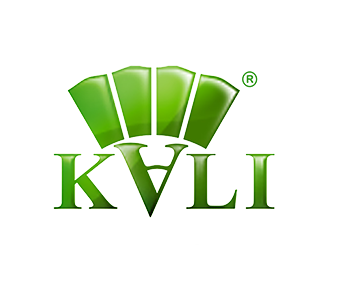
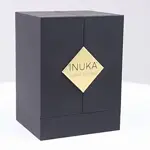
Top 10 Creative Cosmetic Packaging Design Ideas & illustrations 2023 | Luxury-Paper-Box.Com
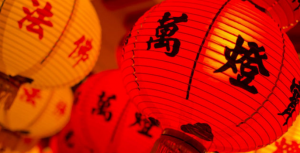
10 Customs Of The Spring Festival (Lunar New Year) You Need To Know
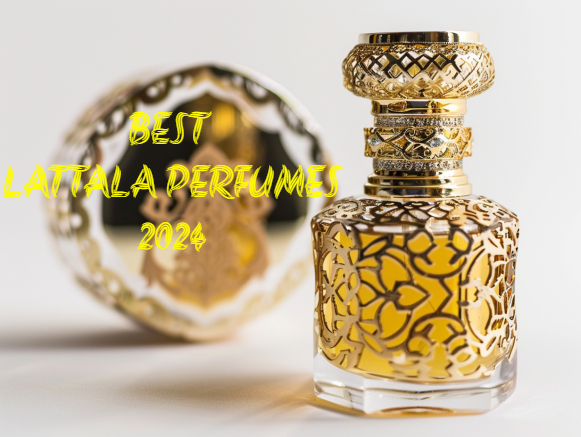
Top 10 Best Lattafa Perfumes for Women & Men in 2024
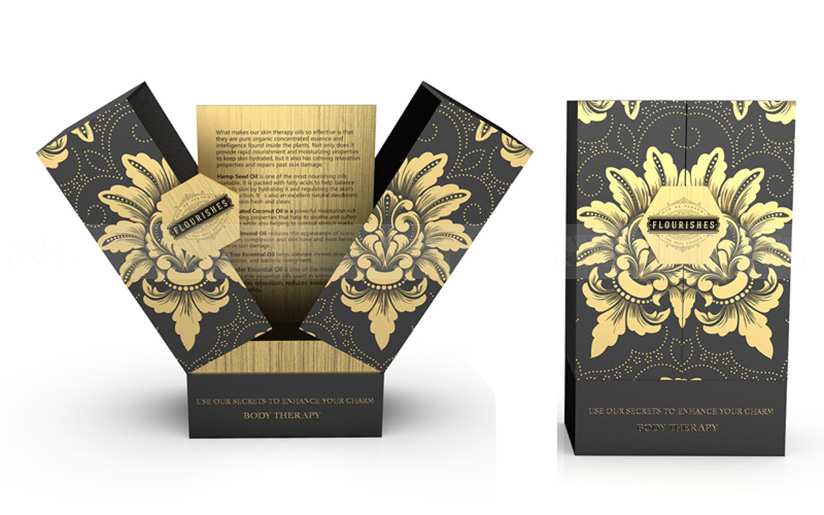
Top 10 Best Packaging Design Software 2023 (Free & Paid)
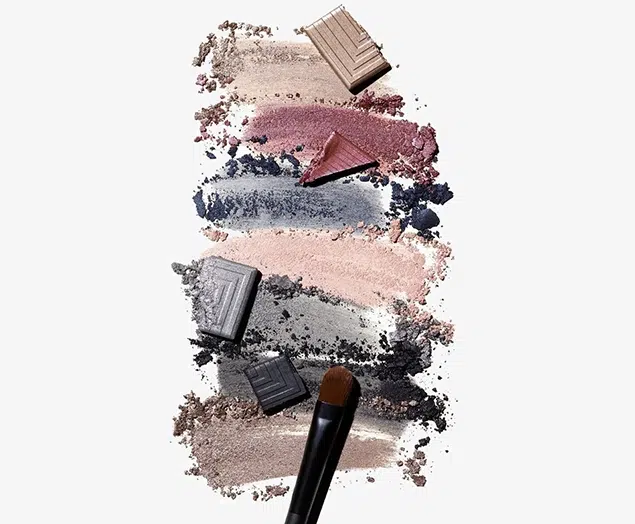
Choose Your Best Eyeshadow Palette
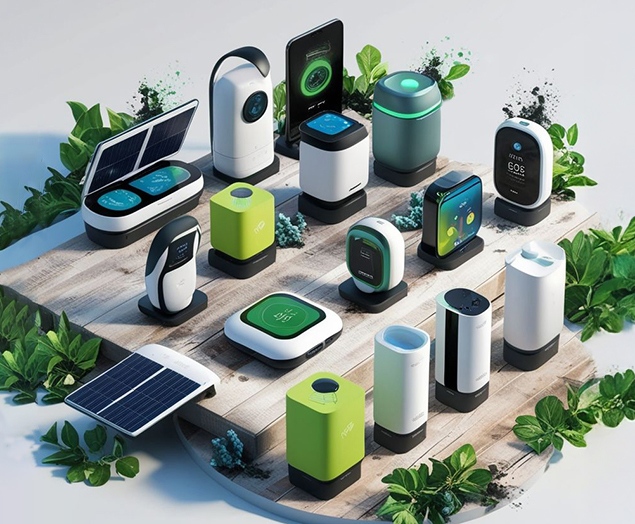
Why Sustainable Packaging Matters for Luxury Electronics
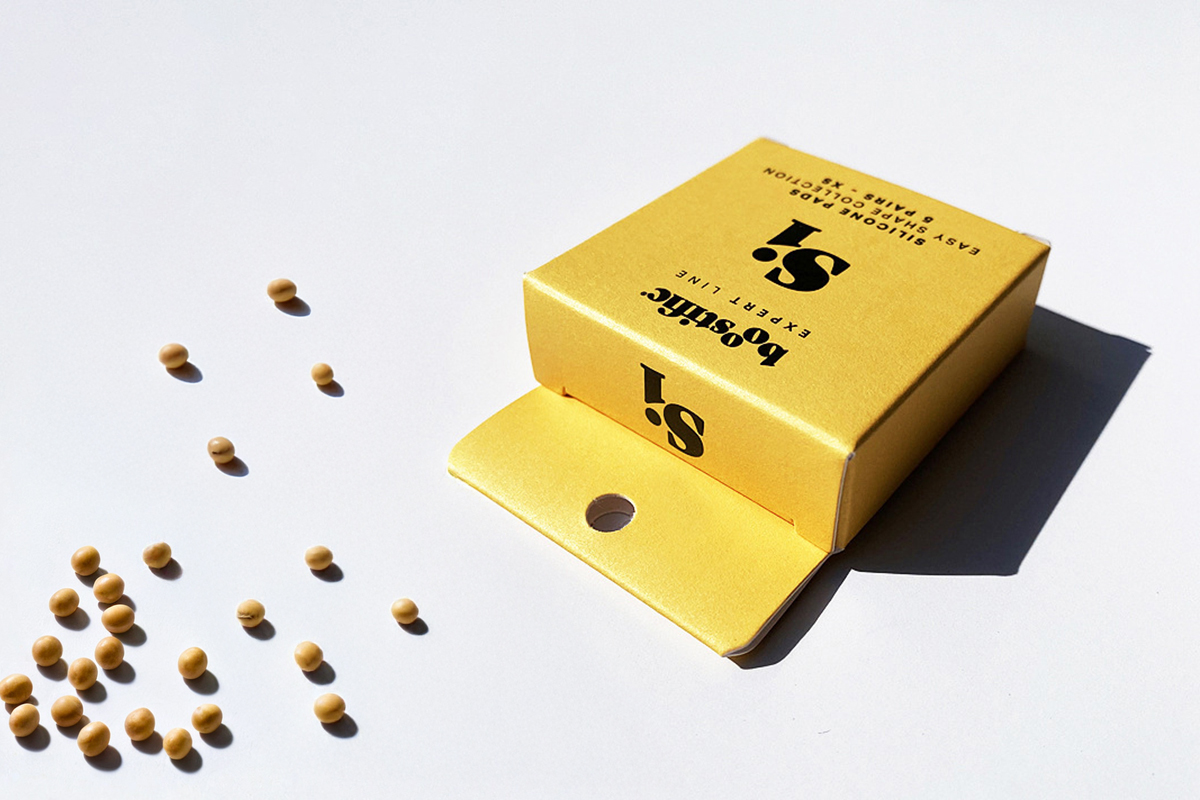
Why Choose Soy Ink As The Printing Material For Packaging Boxes?
